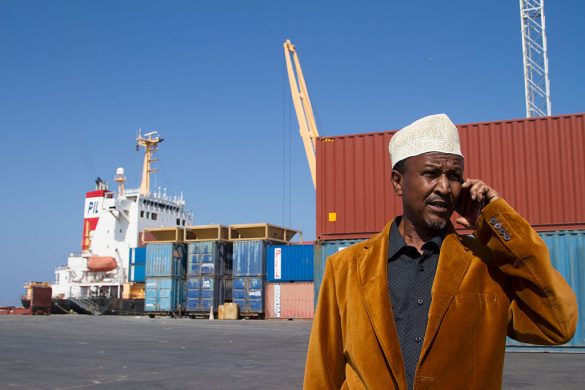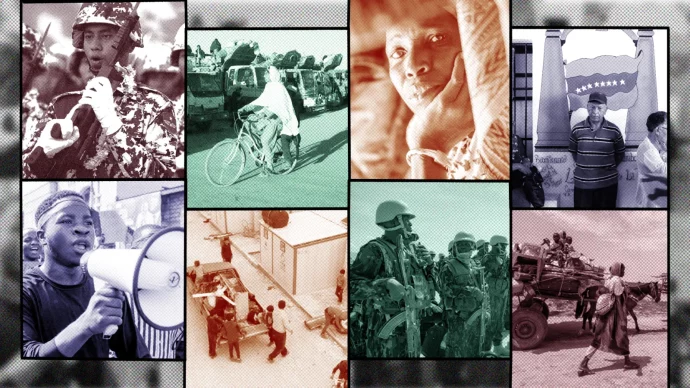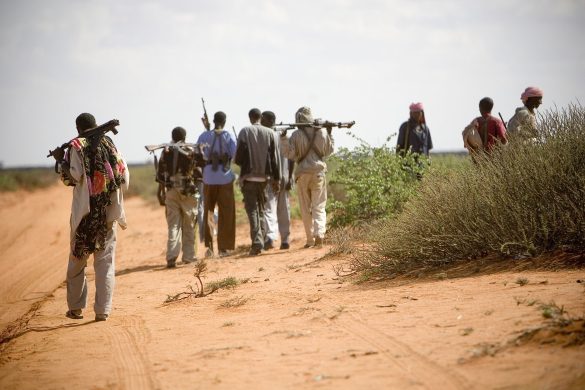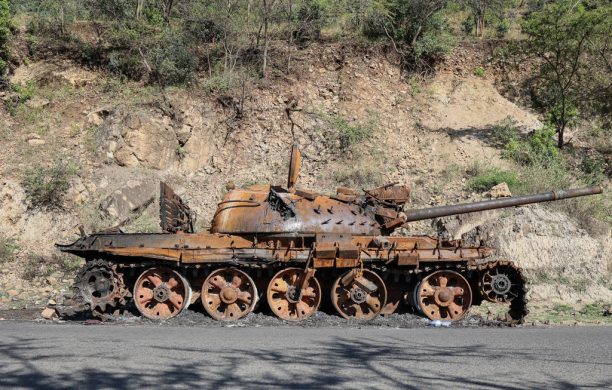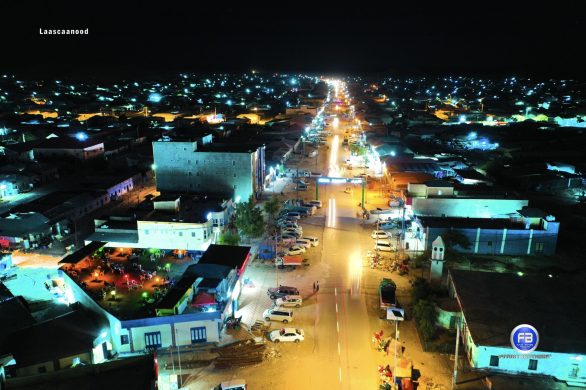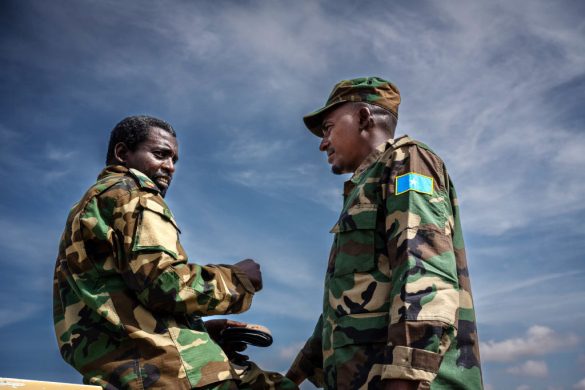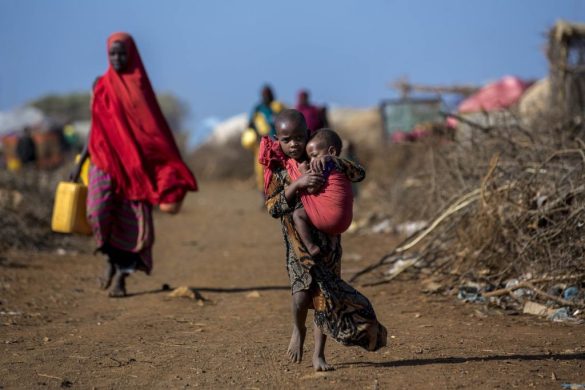NAIROBI, 8 February 2016 (FAO): Somalia will continue to face large-scale food insecurity between now and June 2016 as a result of poor rainfall and drought conditions in several areas, trade disruptions, and a combination of protracted and new population displacements – all of which have been exacerbated by chronic poverty. Acute malnutrition remains high in many parts of the country.
The latest findings from a joint countrywide seasonal assessment by the Food Security and Nutrition Analysis Unit for Somalia (FSNAU, a project managed by the Food and Agriculture Organization of the United Nations), and the Famine Early Warning Systems Network (FEWS NET), a project funded by USAID, indicate that 931,000 people will be in Crisis (IPC Phase 3)* and 22,000 more people in Emergency (IPC Phase 4) across Somalia through June 2016.
Of the total number of people in Crisis and Emergency, internally displaced persons (IDPs) represent 68 percent, rural populations 26 percent, and urban populations 6 percent.
Approximately 3.7 million additional people across the country are classified as Stressed (IPC Phase 2) through mid-2016.
38 procent af befolkningen
In total, the assessment reports that nearly 4.7 million people or 38 percent of the total population of Somalia are acutely food insecure and will be in need of humanitarian assistance between now and June 2016.
The assessment involved 39 separate nutrition surveys conducted from October to December 2016 by FSNAU and partners across Somalia.
Results from these surveys indicate that an estimated 304,700 children under the age of five were acutely malnourished at the time of the survey. This includes 58,300 children under the age of five that are severely malnourished and face increased risk of morbidity and death.
Despite changes in seasonal food security and livelihood outcomes and continued humanitarian interventions, critical rates of acute malnutrition (i.e. 15% or more Global Acute Malnutrition – GAM) persist among several population groups.
This shows the protracted nature of the nutrition crisis among these groups.
Almost all of the past seven seasonal assessments (conducted twice a year) have reported Critical GAM rates amongst: Bari Urban, Garowe IDPs, Galkayo IDPs, Mataban District, Beletweyne District, Bay Agropastoral, Dollow IDPs, North Gedo Pastoral and North Gedo Riverine.
Urgent nutrition and health support for the acutely malnourished is needed now and through mid-2016.
However, this is not enough for populations experiencing persistently high levels of acute malnutrition.
They need additional multifaceted interventions aimed at addressing underlying causes and contributing factors.
Urgent lifesaving humanitarian assistance and livelihood support is required for populations in Emergency and Crisis (IPC Phases 4 and 3) through June 2016.
Populations experiencing Stressed (IPC Phase 2) acute food insecurity remain highly vulnerable to shocks that could push them back to Crisis or Emergency (IPC Phases 3 or 4). They should be supported in order to protect their livelihoods and boost their resilience to shocks.
A longer version of this technical release was originally issued from Nairobi and Washington by the Food Security and Nutrition Analysis Unit – Somalia (FSNAU) and the Famine Early Warning Systems Network (FEWSNET). For more information and additional details, read the full technical release.
* The Integrated Food Security Phase Classification (IPC) is a set of tools and procedures to classify the severity of food insecurity using an widely accepted five-phase scale. At the area level, it divides areas into the following phases: IPC Phase 1=Minimal; Phase 2=Stressed; Phase 3=Crisis; Phase 4=Emergency; and Phase 5=Famine.




